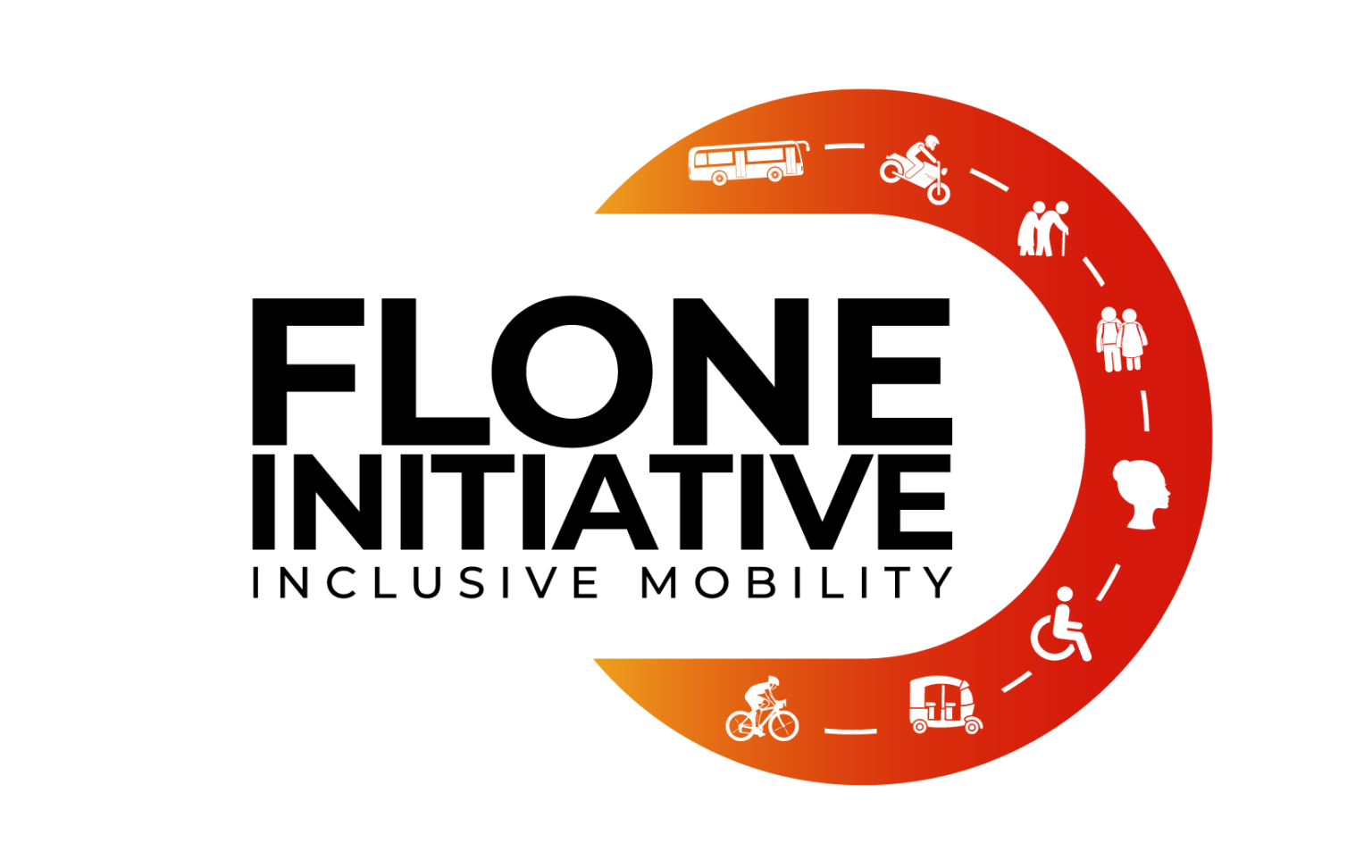This study examines the integration of women into the adoption of electric mobility within the two and three-wheeler sector in Kenya, focusing on gender dimensions, policy gaps, and opportunities. Conducted in Nairobi, Mombasa, and Kisumu, the study utilized convenient sampling, surveying 1184 respondents including male and female riders, female commuters, and women in auxiliary services. Findings reveal a significant under-representation of females (11%) compared to males (89%) in the sector, with manufacturing and assembling roles predominantly held by men. Among female riders surveyed, 72% specialized in two-wheelers and 28% in three-wheelers. The study identifies harsh working environments, including prevalent sexual harassment, as a deterrent to female participation, with 66% of female commuters experiencing verbal harassment and 21% experiencing physical harassment. Additionally, gendered roles, such as domestic responsibilities, limit women’s time for sector engagement. Lack of awareness, affordability, and inadequate charging infrastructure further impede e-mobility uptake. Despite existing national policies, transport frameworks inadequately address gender-specific issues. Policy recommendations include gender audits, specific inclusive policies, enhanced security measures, incentives for gender equality in the private sector, grants to encourage female participation, and affirmative action in academic STEM programs to bolster women’s capabilities in the sector.
[sharethis-inline-buttons]

